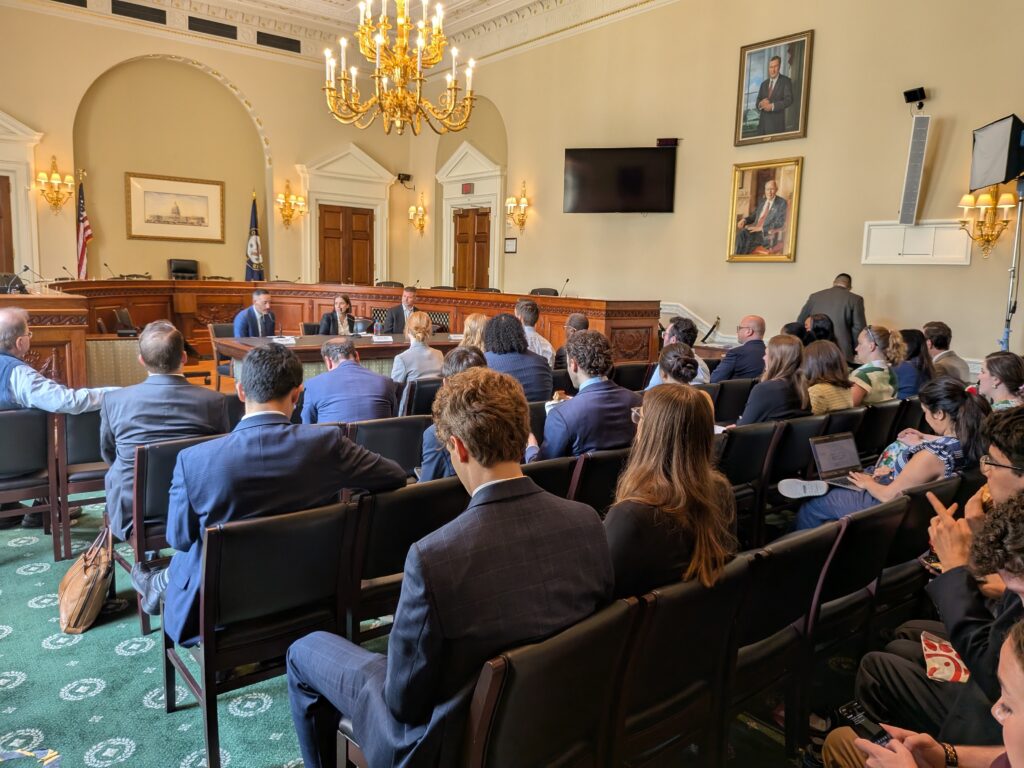Burnout or Breakthrough: An Inflection Point for the Center for Tobacco Products
The U.S. Food and Drug Administration (FDA)’s Center for Tobacco Products (CTP) finds itself at a crossroads. Facing mounting criticism from lawmakers, public health advocates, the tobacco industry, and pro- and anti-tobacco groups alike, the agency is widely perceived as falling short of its mission. With the recent departure of its executive director and a number of staffers due to the Trump administration’s efforts to downsize the federal government, the agency finds itself at an inflection point. Now the question looms: Will the CTP burn out or break through?
In response to this uncertainty, R Street convened a discussion with former CTP leaders to explore how the agency might seize this moment to modernize its approach. I had the privilege of moderating a panel with Matthew Holman, Vice President and Chief Scientific and Regulatory Strategy Officer at Philip Morris International and former Director of the Office of Science at CTP, and Roxana Weil, Chief Regulatory Science Officer at McKinney Specialty Labs and former CTP Lead Toxicologist. Together, we examined how the CTP could evolve to better meet the needs of modern tobacco control.
Notably, many of the necessary reforms do not require congressional action. One of the most urgent and feasible changes involves the premarket tobacco product application (PMTA) regulatory pathway. The agency can act immediately to recalibrate how it applies the appropriate for the protection of public health standard—an approach that has heavily prioritized youth prevention while neglecting adult smokers. From 2021 to 2024, the CTP received more than 26 million PMTAs but authorized only 42 products. With declining youth vaping rates, it’s time to strike a better balance—continuing to safeguard youth while also supporting the nearly 30 million adult smokers who could benefit from harm reduction products.
Holman and Weil both emphasized the need to ease the high evidentiary bar for longitudinal clinical data requirements in the PMTA process, particularly given technological advancements in tobacco and nicotine product development. They both called for increased transparency and streamlined decision-making within the agency. But beyond internal reform, a deeper issue remains: accountability. Because industry user fees—not taxpayer dollars—fund the CTP, it operates without many of the oversight mechanisms that apply to other FDA centers. As a result, when the agency fails to meet its statutory obligations, consequences are minimal. Congressional action to establish formal oversight, consistent with the structure of other FDA branches, is essential.
The path forward is clear: transparency, accountability, regulatory clarity, and a more balanced application of public health standards. With 15 years of institutional experience, a sizable annual budget, and a deep bench of experts, the CTP is well positioned to evolve. There’s no reason it should burn out—on the contrary, it has every reason to break through.
